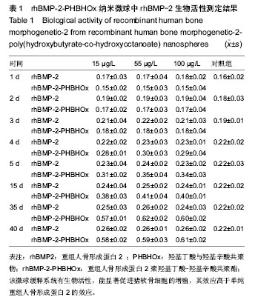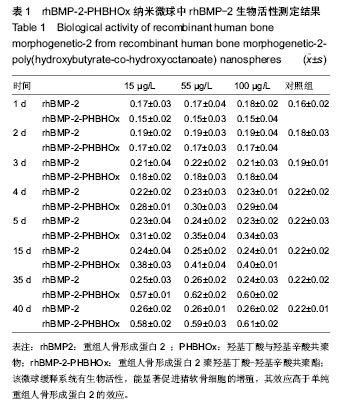Chinese Journal of Tissue Engineering Research ›› 2014, Vol. 18 ›› Issue (52): 8405-8408.doi: 10.3969/j.issn.2095-4344.2014.52.008
Previous Articles Next Articles
Preparation and performance of recombinant human bone morphogenetic protein-2-poly(hydroxybutyrate-co-hydroxyoctanoate) nanospheres
Wang Xiao-dong1, Zhang Yong-hong2
- 1Department of Orthopedics, Shanxi Medical University, Taiyuan 030001, Shanxi Province, China; 2Second Hospital of Shanxi Medical University, Taiyuan 030001, Shanxi Province, China

